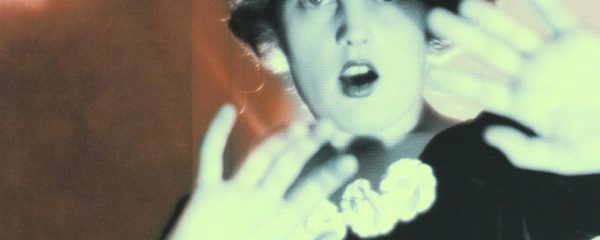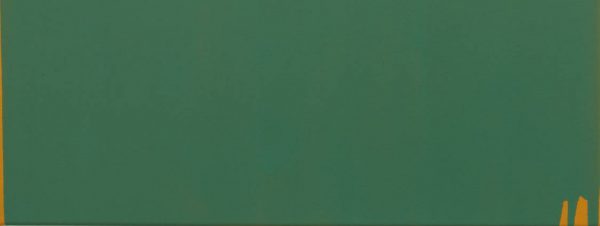Jacques Rancière came into prominence in 1968 when, under the auspices of his teacher Louis Althusser, he contributed to the seminal volume Reading Capital. In 1974 Rancière published his first book, Althusser’s Lesson, a historical analysis of the French Left in the 1960s and 1970s, in which he critiqued his teacher’s structural Marxism and his denunciation of the May ‘68 student uprisings. Rejecting the Maoist philosophies that inflected these events, Althusser refused to support the students on the grounds that their rebellion was not led by the Parti communiste français. In his book Rancière relates this to the ‘return to order’ that followed these tumultuous times.
Rancière’s main political idea is that a democratic politics emerges from the presupposition of equality. Equality is a starting point, not a goal or destination. This idea is articulated to various degrees in all of Rancière’s books. It finds its most polemical expression in Disagreement: Politics and Philosophy, published in 1998, though it is argued with equal force in the lesser-known book The Ignorant Schoolmaster, where Rancière considers the pedagogical ideas of the post-revolutionary philosopher of education Joseph Jacotot. More recently his work has turned to the relation between aesthetics and politics. In texts such as The Politics of Aesthetics and The Future of the Image, Rancière attempts to shift the parameters of criticism away from traditional forms of critique which, in their tendency to demystify, situate the critic in a position of authority in relation to his or her object. His latest book, Aisthesis, attempts to reimagine aesthetic experience as a fundamentally democratic process that is accessible to all.
This interview took place in Rancière’s hotel room on the Gray’s Inn Road in North London. The room was cramped and unadorned, the paint was peeling off the bare walls in large swaths, and there was only one chair, so that Rancière was forced to sit on his unmade bed. He spoke quickly and nervously, his words barely able to keep up with the movements of his thought.




